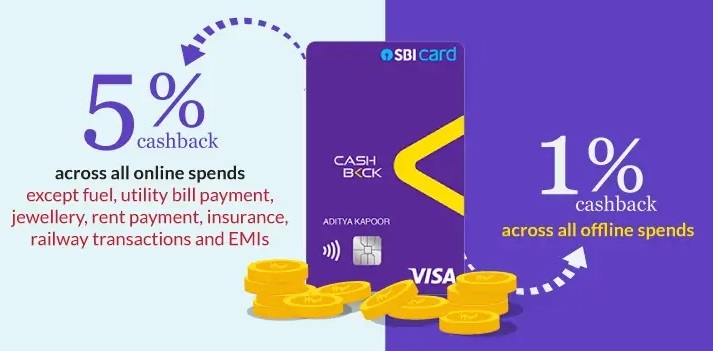Dress Code Guidelines in 2024
A succinct summary about Dress Code Guidelines – This will clarify the policy’s justification and the employer’s expectations for employee attire.
This clarifies which of your employees must adhere to the dress code policy. Who the rules apply to (you may need to list certain roles that are exempt).
General guidelines – These describe your expectations and may include visual examples if you think that will be helpful. You might also want to include your guidelines for dress, grooming, and jewelry in this area.
A dress code – This section outlines the kind of attire that employees are expected to wear and the situations in which they should do so. For instance, employees might be instructed to always wear a shirt, but just a jacket and tie to client meetings. You may even advise staff members to maintain an extra tie in their desk drawer. But try not to be too arrogant. Make it clear that you don’t expect people to conform to gender stereotypes because we live and operate in a varied environment.
Exclusions – It’s critical that staff members feel comfortable voicing any concerns they may have regarding the dress code. Include the contact information for a named HR professional that they can turn to for advice.
Templates for dress code policies
Here are two sample policies you could use as a reference. The first is for formal business attire, and the second is for business casual attire.
Example 1: Employee Dress Code Policy for [Company Name] Professional Business Dress Code
The purpose of our dress code
All employees are expected to always dress professionally for the workplace in order to uphold a courteous and professional atmosphere, according to [Company Name]. To help employees understand what we expect of them and why, we’ve designed a dress code policy.
Who the Policy Covers
All employees who interact professionally with customers, coworkers, guests, or members of the general public are subject to this policy. This includes working from home and engaging in other off-site activities both during and beyond agreed-upon hours.
Policy Observations in General
Employee morale, motivation, and how others view the business are all positively impacted by professional attire, neat appearance, and decent personal cleanliness.
Every one of our employees will agree that perception is crucial in our area of work. We therefore demand that all of our employees arrive at work dressed appropriately for the workplace. This is especially more crucial if your job involves working with clients or interacting with guests, as the majority of our staff do.
However, there will be some exceptions, particularly if a person’s position necessitates that they put on safety gear.
The acceptable dress code for your position will be determined by your line manager. If you are unsure, please ask them (or HR) for advice.
Clothes Required
The following dress code rules should be followed while also allowing for individual preferences:
appropriate attire:
- smart skirts or pants (a suit if client-facing)
- blouse in any color and a shirt (with a tie)
- Dark brown or black sophisticated, business-like footwear
- inappropriate attire
- Whatever is too revealing
- improperly fitting clothing (far too loose or tight)
- any type of denim
- No fashion accessories or slogans
- Unprofessional footwear (sneakers, boat shoes, open-toed sandals and flip flops)
Please be aware that this list of appropriate and inappropriate attire is not complete. The dress code regulation will be interpreted by employees using their own discretion.
Please get in touch with [insert name] in our HR department at [insert phone number] if you have any questions or issues concerning the dress code and would like to speak with someone in private.
Figure 2: Employee Dress Code Policy for [Company Name] Business Casual
The purpose of our dress code
We like to provide our staff members the most latitude possible when it comes to their work attire. We have a business casual dress code policy because although though employees are not expected to wear what would be considered formal business attire, we nonetheless expect them to look professional.
Who the Policy Covers
All personnel are subject to this dress code regulation and are expected to constantly present a neat, clean look. We must be clear that while we support individualism, dress and other forms of attire must not offend or annoy anyone. It’s crucial that the distinction between “business casual” and “casual” is kept.
Rule of Conduct
Everyone who works for the company, including contractors, are expected to always portray a professional image. After all, any one of us could at any time encounter a client or guest.
In some employment roles, the business casual dress code cannot be appropriate. For instance, security personnel frequently wear uniforms.
Speak with your supervisor if you are unsure of what you can or should wear. If there are any exceptions to the dress code, they must let you know.
Clothes Required
Our organization has a business casual dress code because we want to be adaptable when it comes to professional wear. However, this strategy only functions when every employee is aware of the guidelines about appropriate attire.
We don’t offer a list of what is appropriate to wear (it would be far too long). However, there is a list of things that we deem inappropriate.
- inappropriate attire
- Whatever is too revealing (exposing your back, chest, navel, stomach or underwear)
- improperly fitting clothing (far too loose or tight)
- wearable transparency
- tops with halter necks or spaghetti straps
- very faded or torn jeans
- T-shirts or sweatshirts with a phrase on them
- Products that use any foul language
- Sportswear
- bandsanas and sports hats
- either sandals or sneakers (shoes that are normally considered very casual)
We have a more relaxed dress code because we have faith in our personnel. Therefore, it is expected of every employee to make their own decisions.
Please get in touch with [insert name] in our HR department at [insert phone number] if you have any questions or issues concerning the dress code and would like to speak with someone in private.
Avoid these Mistakes in Your Dress Code
Making assumptions about what particular employee groups need to wear is not appropriate. Consider the case of gender.
Avoid making suggestions about what men and women ought to wear because some of your employees may not identify as either. After all, it’s crucial that your dress code policy supports and promotes diversity among your staff.
The same goes for any language in your dress code that would be offensive to someone because of their religion.
For instance, unless you include clear exclusions for personnel who may require them, you shouldn’t prohibit facial hair, impose a restriction on head coverings, or demand that skirts not exceed a certain length.
You might even decide to add a cordial remark to your clothing code guideline that reads:
Final Reflections
The value of a proper dress code guideline that accurately reflects your company’s culture is much more than most people realize.
Dress guidelines can establish expectations for new hires and prevent unpleasant and humiliating exchanges in the future.
Most crucially, in a culture where appearance counts for everything, a dress code regulation can significantly impact your brand and how customers view your company.
Just keep in mind to be careful in case someone reads the rules incorrectly. Frequently, there is an easy solution and a real cause.







